Bettmann/Getty Images
Balto
It was the winter of 1925. The town of Nome, Alaska, was in trouble. A deadly disease was spreading through the town. The disease was called diphtheria (dif-THEER-ee-uh), and the doctor in Nome didn’t have any medicine for it.
Several children had gotten sick and died. More were getting sick every day. But the closest medicine was hundreds of miles away.
Getting the medicine to Nome was a big problem. A heavy snowstorm called a blizzard made flying and driving too dangerous.
But Alaskans had another way to get the medicine to Nome. That way was by dogsled. Would the medicine get to Nome in time to save the sick kids?
It was the winter of 1925. The town of Nome, Alaska, was in trouble. A deadly disease was spreading through the town. The disease was called diphtheria. The doctor in Nome didn’t have any medicine for it. Several children had gotten sick and died. More were getting sick every day. The closest medicine was hundreds of miles away. Getting the medicine to Nome was a big problem. A heavy snowstorm called a blizzard made flying and driving too dangerous. But Alaskans had another way to get the medicine to Nome. They could use a dogsled. Would the medicine get to Nome in time to save the sick kids?
It was the winter of 1925, and the town of Nome, Alaska, was in trouble. A deadly disease, called diphtheria, was spreading through town, and the doctor in Nome didn’t have any medicine for it. Several children had gotten sick and died. More were getting sick every day, but the closest medicine was hundreds of miles away. Getting the medicine to Nome was a big problem because a heavy snowstorm called a blizzard made flying and driving too dangerous. But Alaskans had another way to get the medicine to Nome: They could use dogsleds. But would the medicine get to Nome in time to save the sick kids?

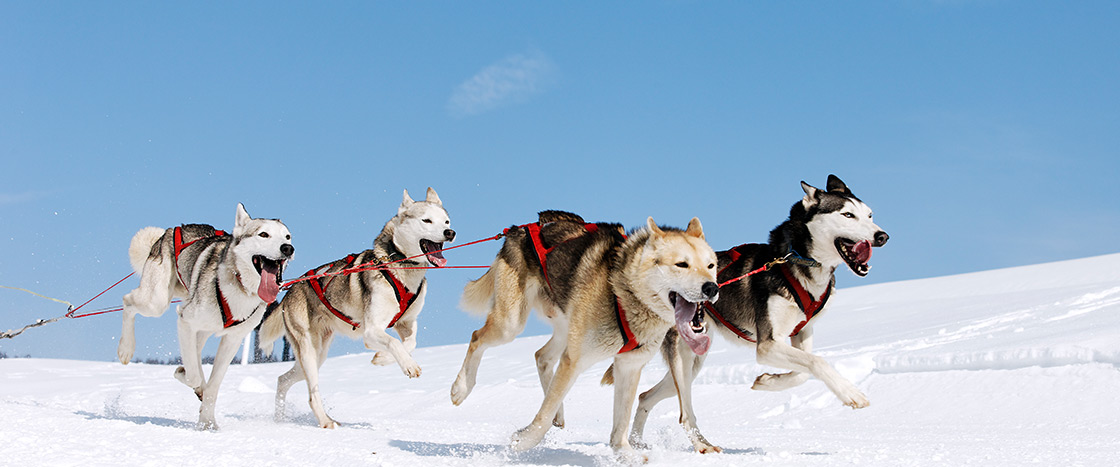
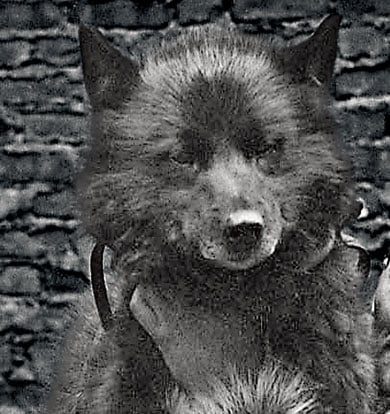
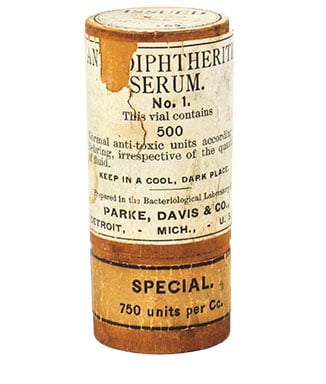
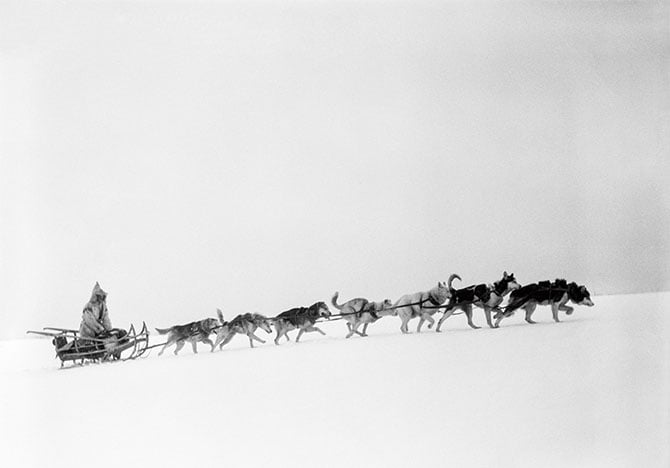
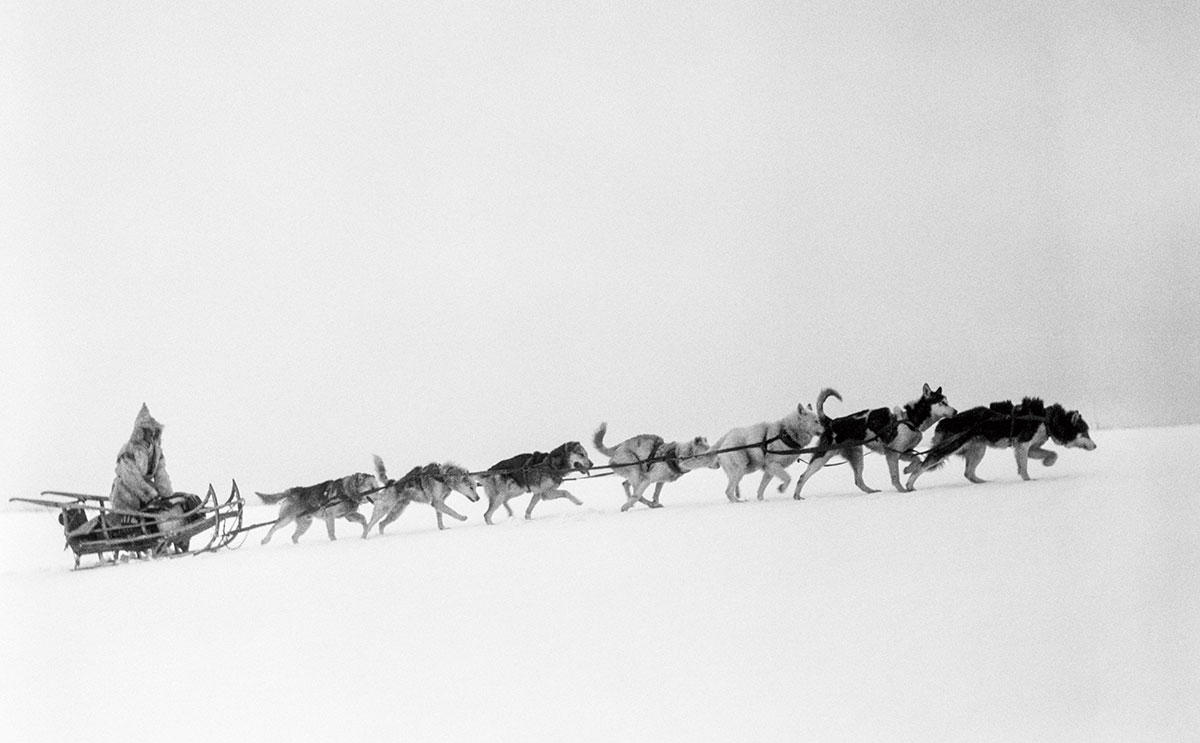
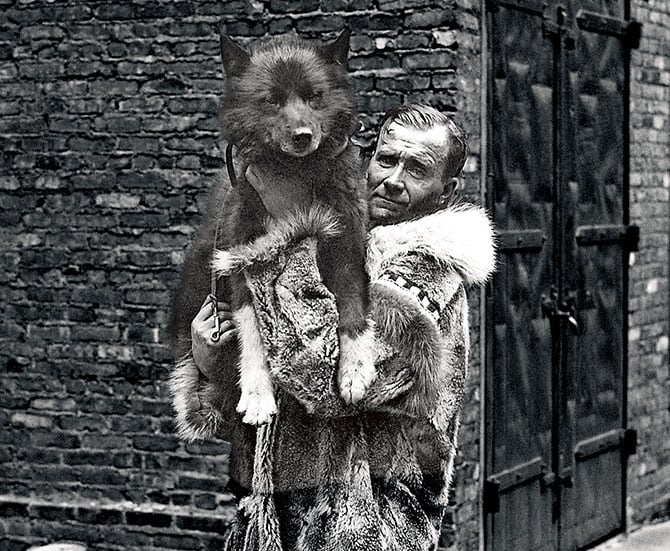
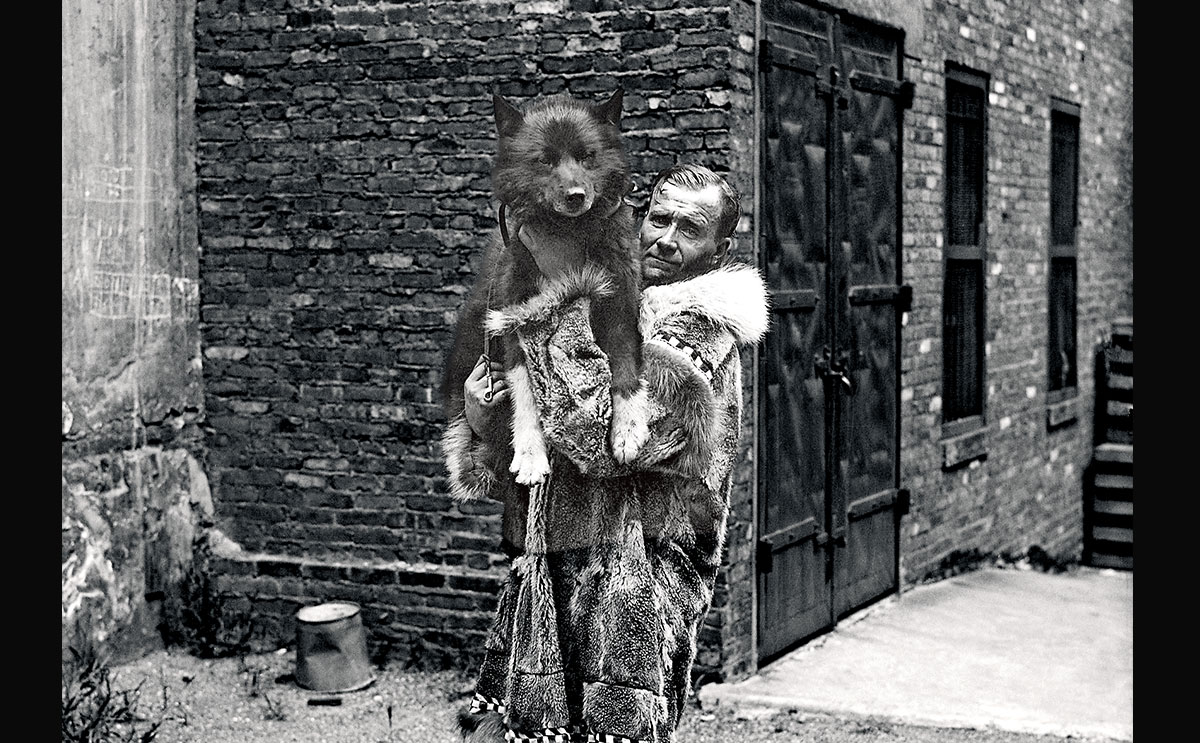
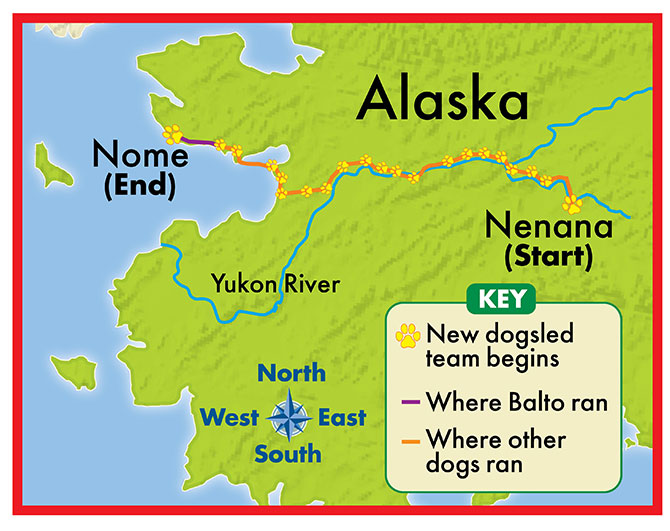
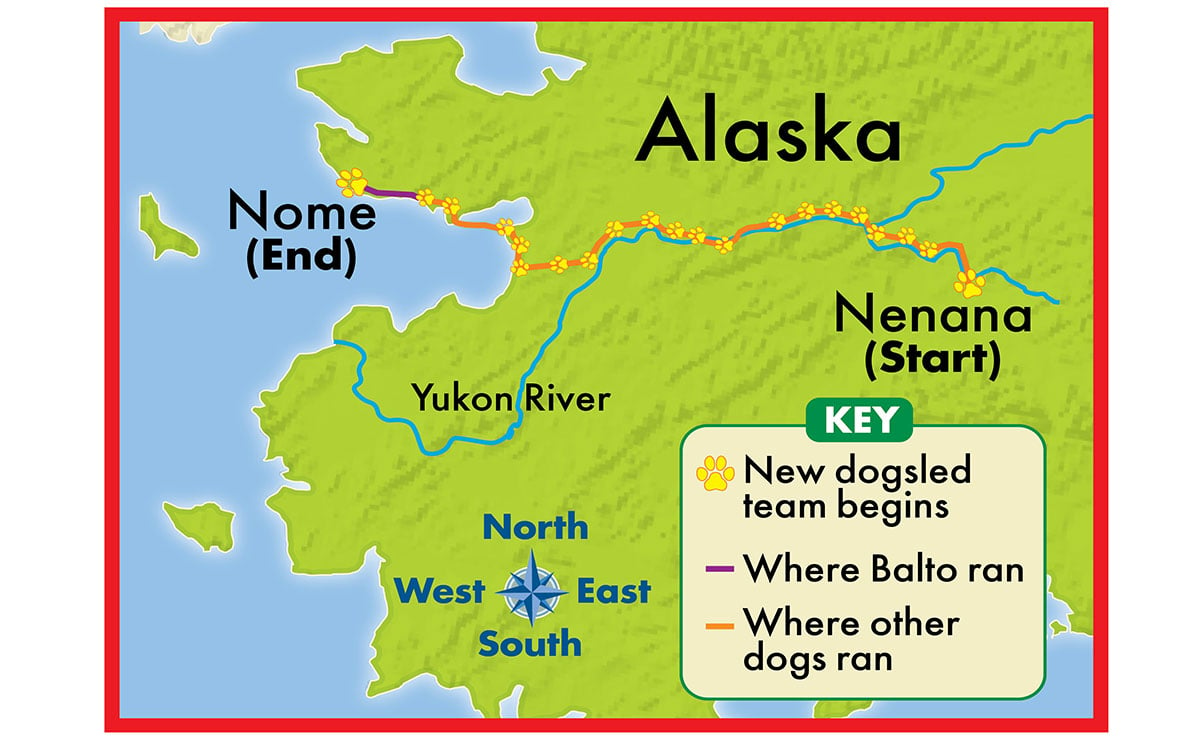
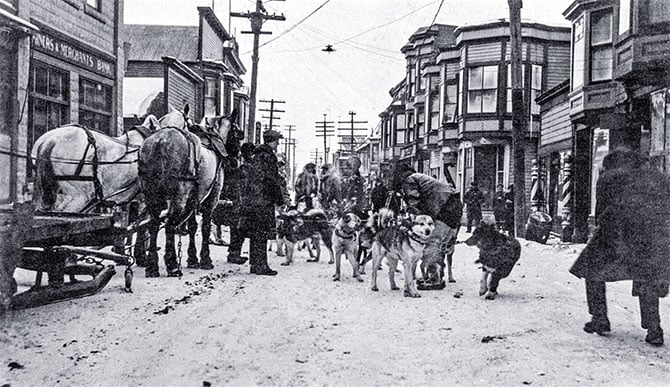
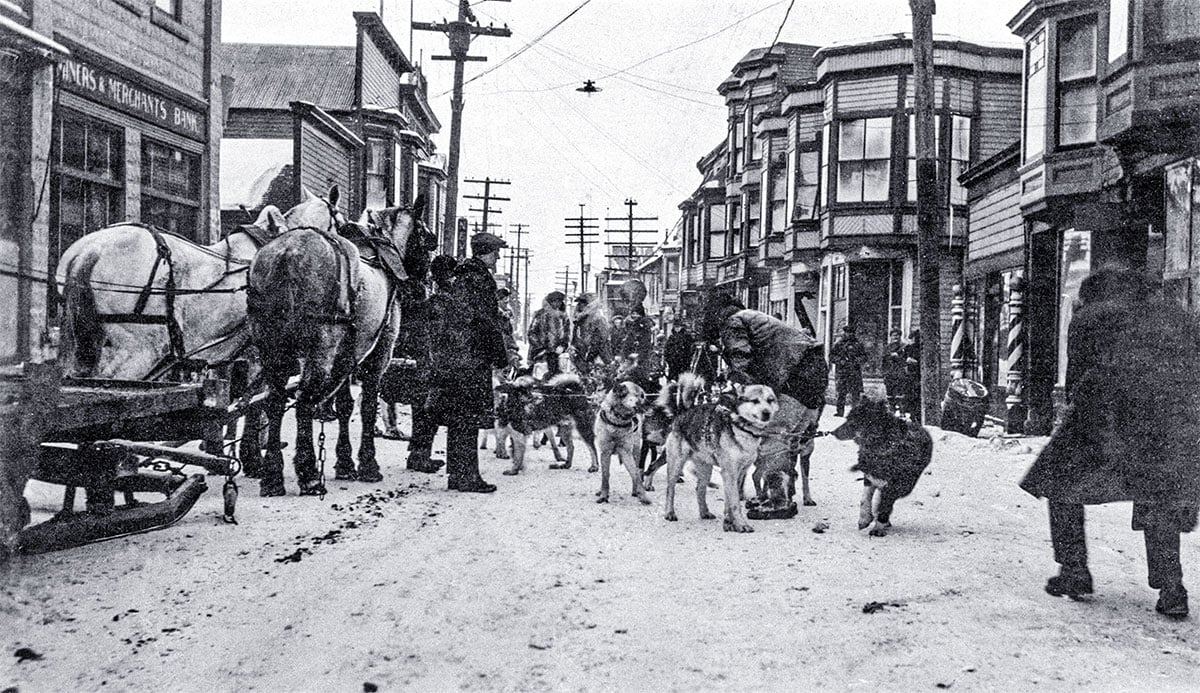


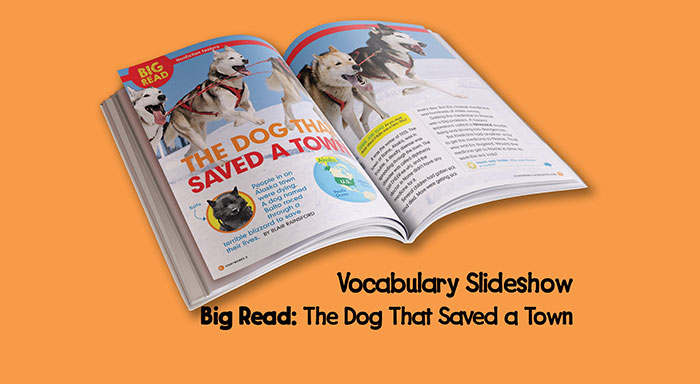
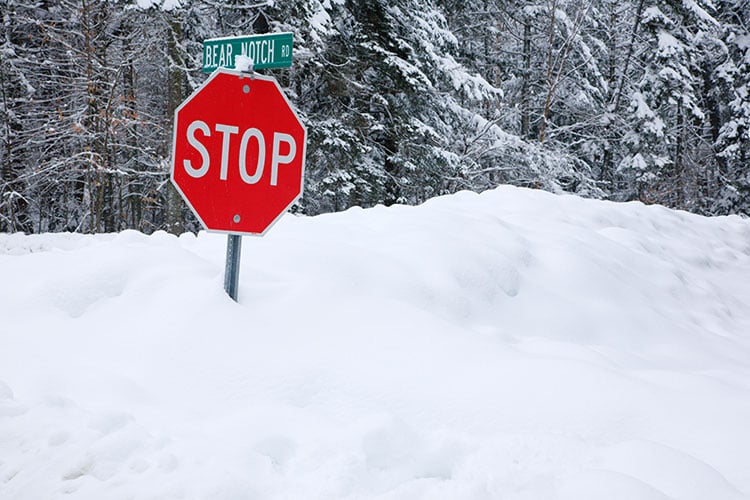

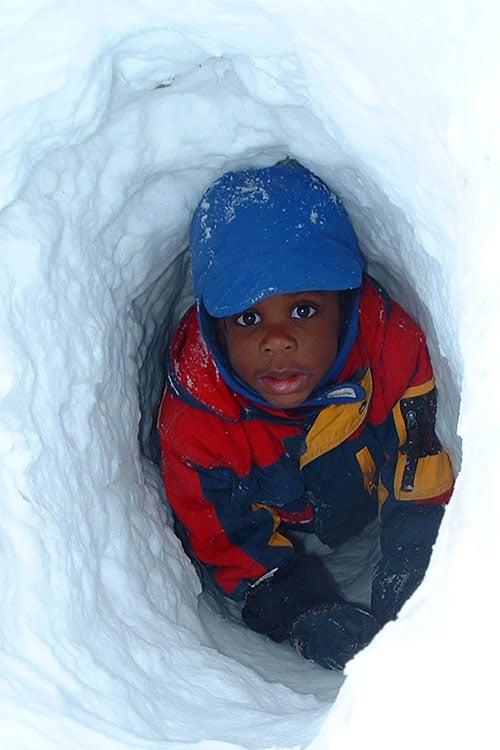
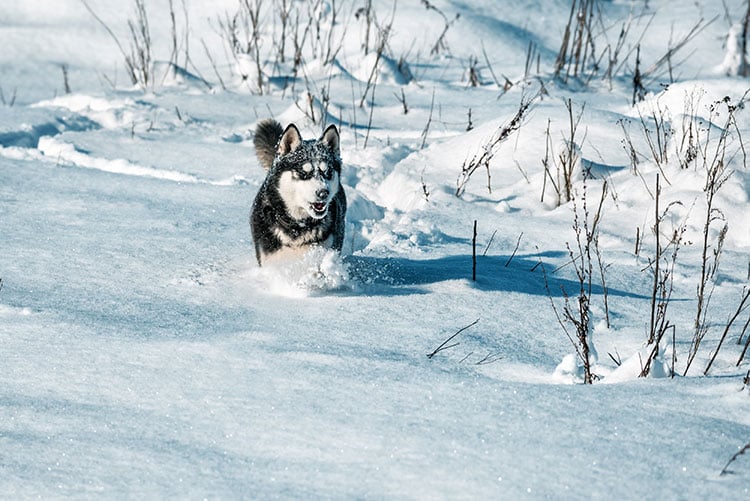








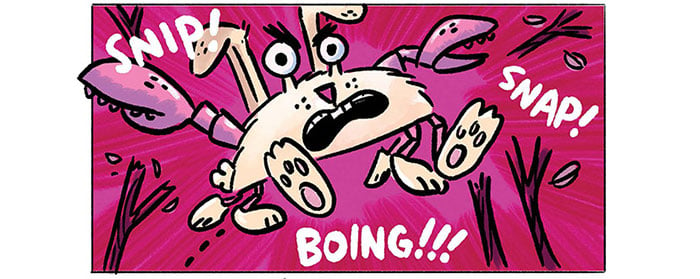
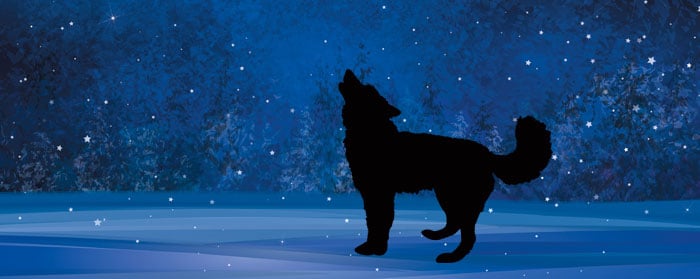
Social Studies Focus